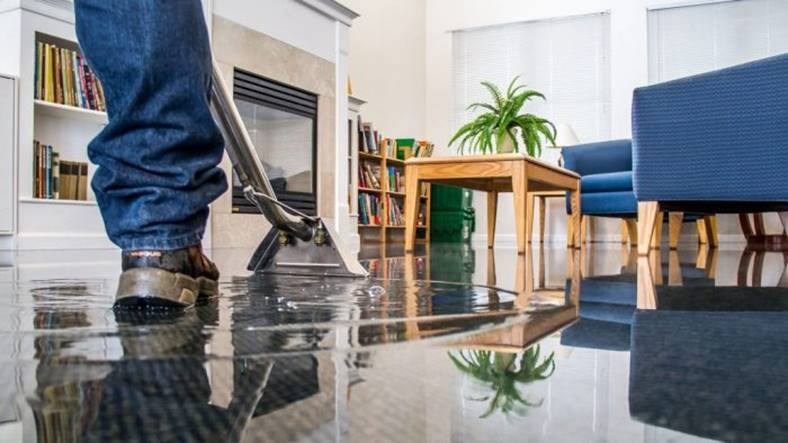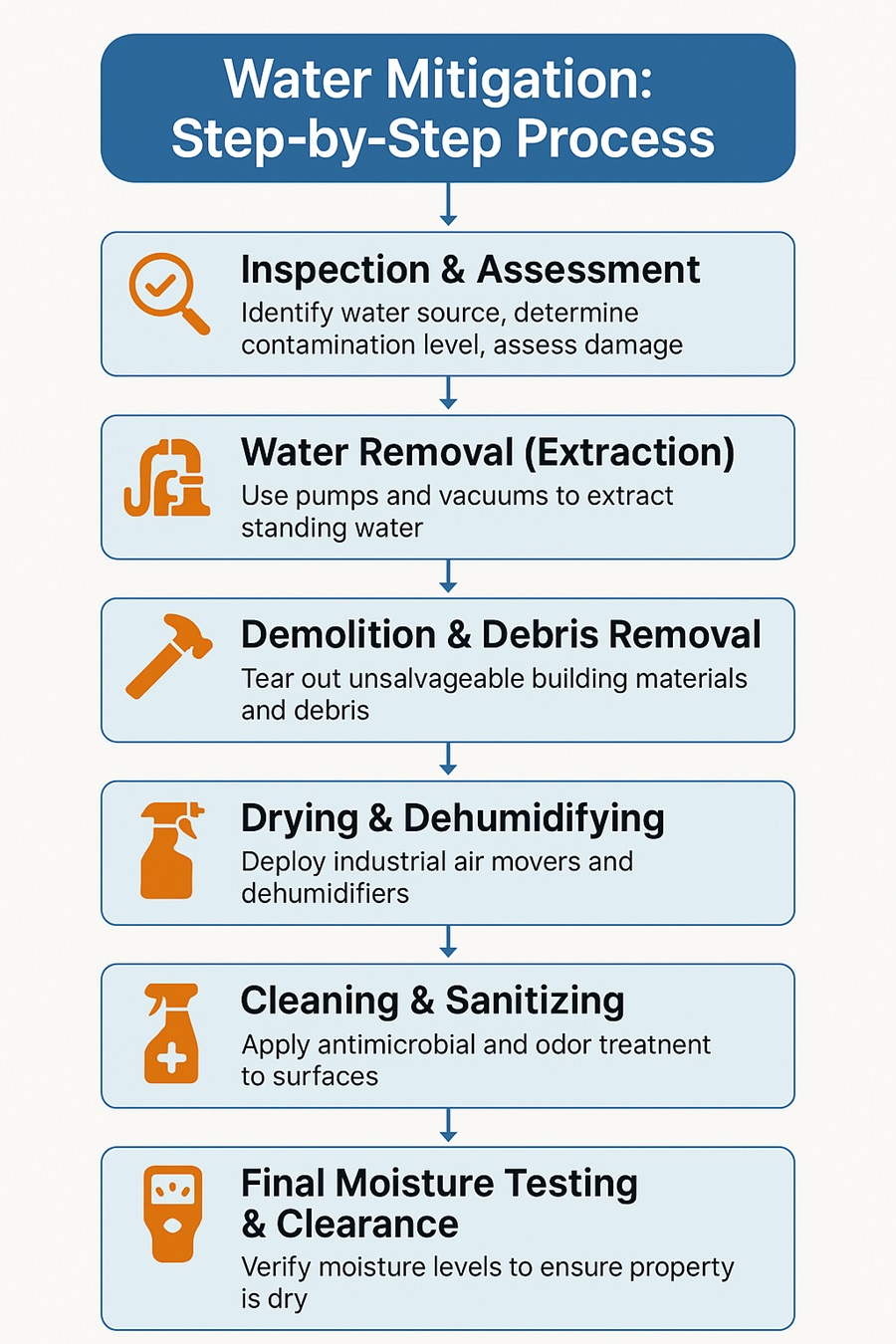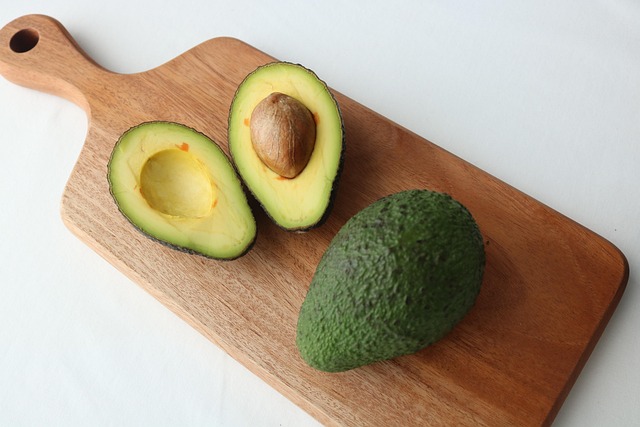When a burst pipe, heavy rain, or natural disaster leaves your home soaked, every minute counts. Water mitigation — the urgent process of minimizing and preventing further water damage — is the first step in saving your property and your health.
While water mitigation is often mentioned alongside water restoration, the two are not the same. Understanding their differences, the steps involved, and the costs can help you act quickly, reduce losses, and get your home back to normal faster.
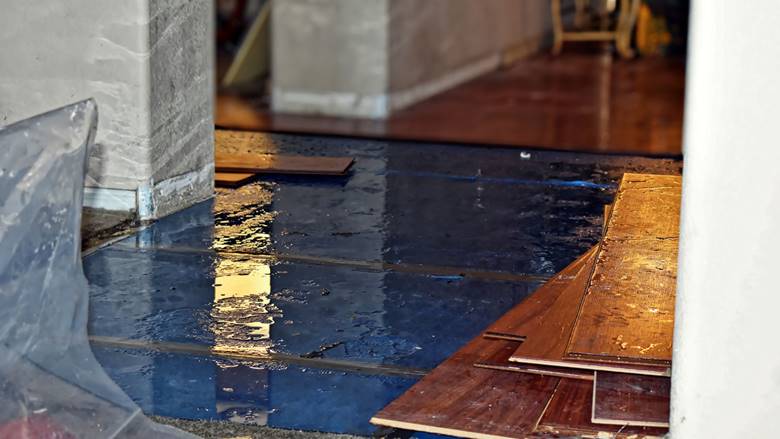
What Is Water Mitigation?
Water mitigation is the immediate emergency response after flooding or water intrusion. Its purpose is simple yet critical: stop the source, remove the water, dry and disinfect affected areas, and prevent further damage — especially mold and structural weakening.
To cut right to the chase, water mitigation is the first stage in the process of managing flood damage. It consists of taking emergency measures in order to prevent further damage, and therefore stabilize the entire structure of your property. The goals of this process are fairly simple – remove the water, dry out the affected areas, prevent bacteria and mold growth, secure the belongings, dehumidify the environment, and, of course, minimize the extent of potential structural damage.
What should you expect when you get mitigation services, thus? Well, first of all, when its time to get water mitigation done, the professionals will first identify the source of the water and stop its flow. After that, they will save everything that can be saved, using procedures such as water extraction with pumps and vacuums, moisture mapping using infrared sensors, anti-microbial treatment, removal of any materials that cannot be saved, dehumidifying and similar methods.
As it should be clear already, this is the first thing you should do after there has been a flood, but it is definitely not the last. Water mitigation is only the first step in the overall restoration process. That’s where the next process comes into play.
The Main Goals of Water Mitigation
- Stop the water source (e.g., shut off main valve, repair leak)
- Extract standing water with pumps or vacuums
- Remove unsalvageable materials (soaked drywall, insulation, carpet)
- Dry and dehumidify with industrial equipment
- Prevent mold and bacterial growth with antimicrobial treatments
- Protect furniture, electronics, and personal items
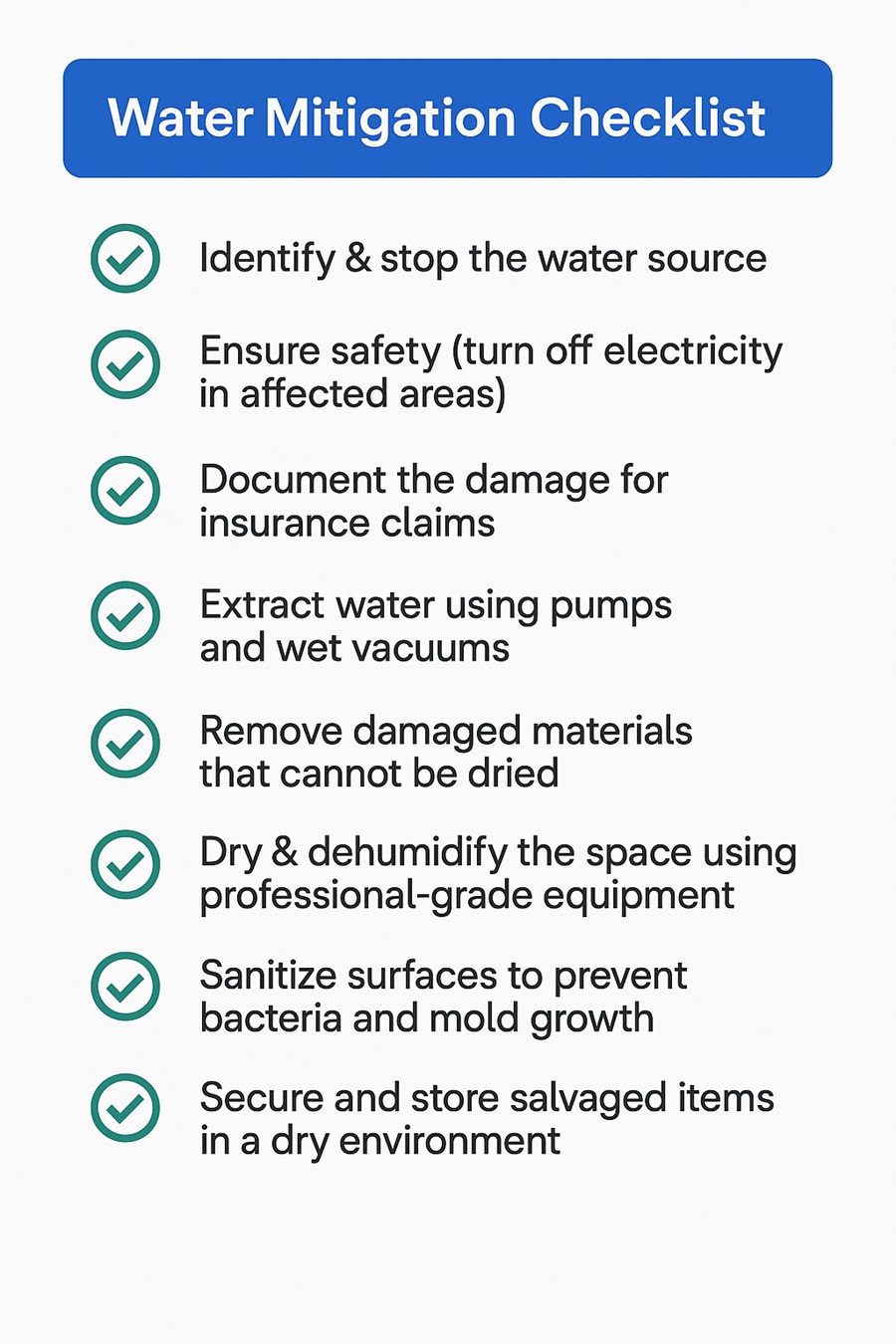
Water Mitigation Checklist
- Identify & stop the water source
- Ensure safety (turn off electricity in affected areas)
- Document the damage for insurance claims
- Extract water using pumps and wet vacuums
- Remove damaged materials that cannot be dried
- Dry & dehumidify the space using professional-grade equipment
- Sanitize surfaces to prevent bacteria and mold growth
- Secure and store salvaged items in a dry environment
Quick Tip: Homeowners should never attempt large-scale water mitigation themselves. Professionals use specialized moisture meters and infrared cameras to ensure all hidden water is removed.
Water Mitigation in Action: Step-by-Step Professional Process
When a certified water mitigation team arrives, they follow a systematic process designed to stop the damage in its tracks and prepare the property for restoration:
- Inspection & Assessment – Identify water source, determine contamination level, and locate hidden moisture.
- Water Removal – Extract standing water using pumps and wet vacuums.
- Demolition & Debris Removal – Remove unsalvageable materials to allow drying.
- Drying & Dehumidifying – Use industrial air movers and dehumidifiers to eliminate moisture.
- Cleaning & Sanitizing – Apply antimicrobial treatments and odor control.
- Final Moisture Testing – Verify that moisture levels are safe before restoration begins.
Pro Tip: A well-executed mitigation process can reduce total restoration costs by up to 40%.
Types of Water Damage: Understanding Categories 1–3
The IICRC classifies water damage into three categories based on contamination:
- Category 1 – Clean Water: From sanitary sources like supply line breaks; least harmful if addressed quickly.
- Category 2 – Gray Water: Contains contaminants; from washing machine leaks or sump pump failures; requires protective cleanup.
- Category 3 – Black Water: Highly contaminated, from sewage or floodwaters; requires strict biohazard protocols.
⚠️ Even clean water can become hazardous if mitigation is delayed.
Water Mitigation vs Water Restoration
| Aspect | Water Mitigation | Water Restoration |
| Goal | Prevent further damage | Return property to pre-loss condition |
| Timing | Immediate emergency response | Follows mitigation completion |
| Tasks | Water removal, drying, sanitizing, debris removal | Repairs, rebuilding, deep cleaning |
| Duration | Hours to a few days | Days to weeks |
| Equipment | Pumps, vacuums, dehumidifiers, moisture meters | Construction tools, cleaning equipment |
Which One Is Better for You?
If you’ve experienced water damage, the choice isn’t about which is better — it’s about which comes first.
- Start with Water Mitigation if water is still present or damage is spreading.
- Move to Water Restoration once mitigation is complete.
Quick rule of thumb:
- Fresh incident? Go straight to mitigation.
- Damage already contained? Begin restoration.
In most cases, you’ll need both services to fully protect your property.
Common Causes of Water Damage
- Severe storms and flooding
- Burst or leaking pipes
- Roof leaks from wind or ice damage
- Appliance malfunctions
- Sewer backups or sump pump failures
Health & Safety Risks if You Delay Water Mitigation
- Mold growth in 24–48 hours
- Structural damage from rotting wood
- Electrical hazards
- Exposure to contaminated water
Water Mitigation Costs & Timelines
| Type of Damage | Average Cost (USD) | Typical Timeline |
| Minor leak (1 room) | $1,000 – $2,500 | 1–3 days |
| Moderate flooding | $3,000 – $7,500 | 3–5 days |
| Severe damage | $8,000 – $15,000+ | 5–10 days |
⏳ Restoration is a separate cost and may take weeks.
Does Insurance Cover Water Mitigation?
Most policies cover sudden and accidental water damage, but not gradual leaks or flood damage without special coverage.
Tips for Claims:
- Notify insurer immediately
- Take photos/videos of damage
- Keep receipts from mitigation services
Signs of Hidden Water Damage
- Musty or damp odors
- Yellow or brown stains on walls/ceilings
- Peeling paint or wallpaper
- Warped floors
- Sagging ceilings
- Unexplained allergy symptoms
- Increased water bills
Professionals use moisture meters and thermal imaging to detect hidden moisture.
How to Prevent Water Damage in the Future
- Inspect plumbing/appliances regularly
- Clean gutters and downspouts
- Install sump pump with backup
- Seal basement walls
- Use smart leak detectors
Environmental Impact & Eco-Friendly Practices
Water mitigation can affect the environment if not handled properly. Many companies now use:
- Responsible disposal of contaminated water per EPA rules
- Plant-based antimicrobials instead of harsh chemicals
- Energy-efficient drying equipment
- Material salvaging and recycling
- Greywater reuse for non-potable purposes
- Preventive solutions to reduce future waste
♻️ Choosing an eco-conscious provider protects your property and the planet.
Emergency Water Mitigation Checklist
✅ Shut off water supply
✅ Turn off electricity in affected areas
✅ Call a certified mitigation company
✅ Document damage
✅ Move valuables to safety
Example
After a summer storm, Jane discovered six inches of water in her basement. She called a mitigation company within two hours. By the next day, the water was gone, mold was prevented, and costs stayed under $5,000 — saving her over $10,000 compared to delayed action.
Summary
- Water mitigation is your first defense against long-term damage.
- Act immediately to prevent mold and costly repairs.
- Restoration follows mitigation to fully repair the property.
FAQs
Q: What does water mitigation include?
A: Stopping the water source, removing water, drying, sanitizing, and removing unsalvageable materials.
Q: How long does it take?
A: A few hours to several days depending on severity.
Q: Do I need both mitigation and restoration?
A: Yes — mitigation prevents further damage, restoration repairs it.


